The Made in Meda press tour was like a magnificent film that we showed to a group of people who are particularly important in our line of work: journalists in the Design sector.
The tour was like a film… with these features:
The scenario: the socio-economic ecosystem that produced Italian Design a thousand years ago already.
The protagonists: a group of selected journalists who were invited by our company to “touch” the value of Made in Meda on a designated special day.
The action: an understandably excited Filippo Berto led the industry commentators in a series of memorable meetings, taking them back a thousand years to the origins of the “Design phenomenon”. But let’s tell the story well, this day deserves it!
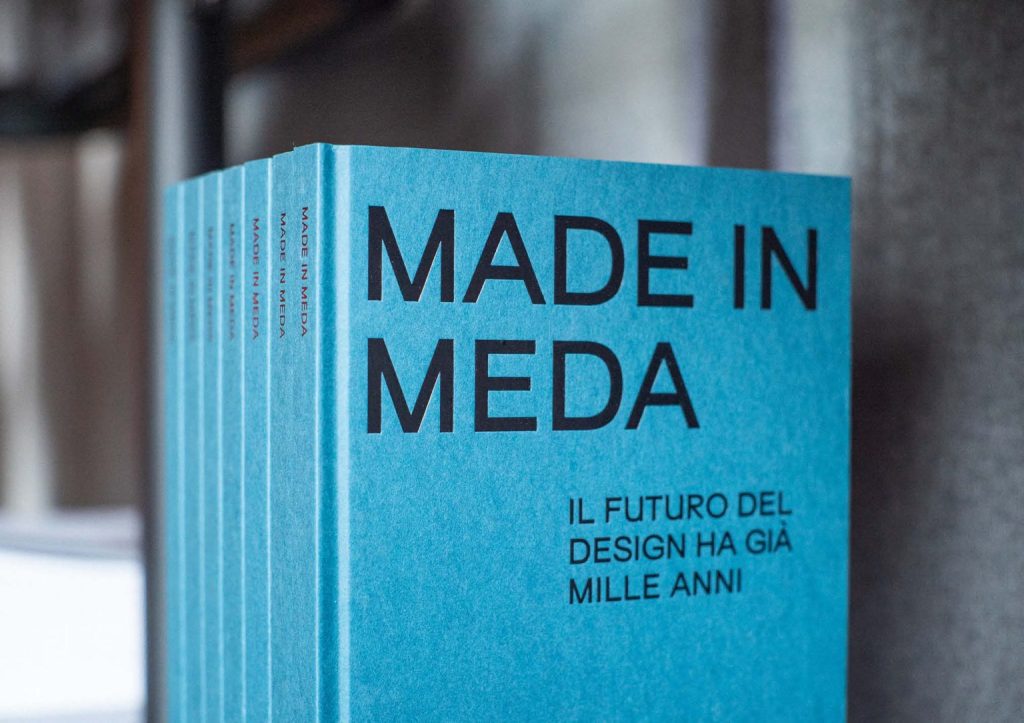
WELCOME TO BERTO, WELCOME TO MEDA!
9.00 am: The shuttle arrived in Meda directly from Milan’s Piazzale Cadorna. Excited, Filippo welcomed the group of journalists who came from the best newsrooms in Milan, the city which, more than any other in the world, sets international Design trends.
During the welcome coffee, our CEO offered some brief information on the history of BertO, starting from when the workshop was founded in 1974 by the two founders Carlo and Fioravante. Filippo, a child at the time, witnessed what was happening in the company and in the surrounding area.
In particular, Filippo recalled a touching image: he was a child, cycling around the country, amazed, intrigued, and deeply fascinated by that “crib” of lit windows, behind which he imagined there might be a thousand artisan workshops.
This image would influence both his personal and professional development.
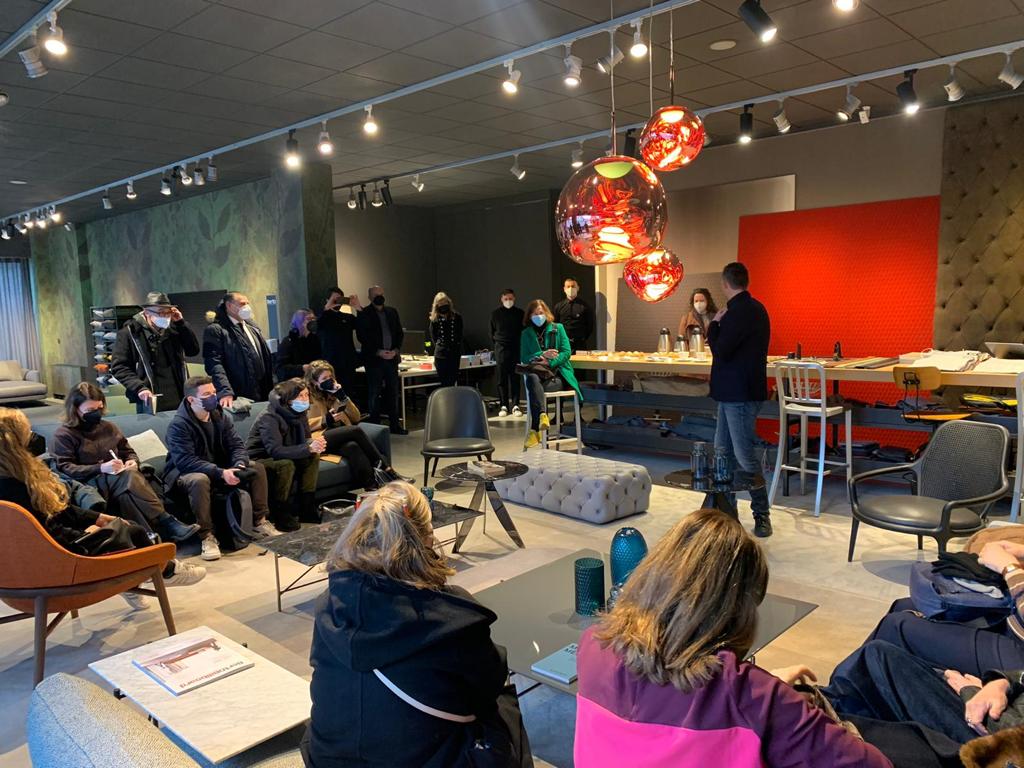
Once he reached the age at which he could come alongside the founders, the challenge of the second generation loomed: the harsh realities of developing a small company in a world of large and well-established businesses.
However, Filippo realized that he could count on the “genius loci” of Meda.
As a young man, he began learning about it, and he developed a deep vision for it: eventually, he began to communicate his vision through a corporate blog.
Indeed, Filippo is among the first in Italy, and the first in the world of Design, to develop a corporate blog.
Filippo’s “story workshop” was born of his father’s and uncle’s tailoring upholstery workshop, and it was something that would later attract the attention of Google.
The territory of Meda, with its incredible records (no other city in the world can boast of the Meda Compassi d’Oro), is the focus of his story. Meda’s leading, high-quality professional brands appear all over the world and are often disguised in local workshops.
Filippo developed a fundamental visionary concept, which he summed up yesterday, stating:
I understood that without the territory, all this would never have been possible … we were important, but without the territory, we would have been nothing.
I also understood, many years later, that no one had considered this resource of immeasurable value: at first, this just annoyed me, but then I decided to take responsibility for the Made in Meda project.
So there you have it. A project that, for the first time, aligned the abbesses of the Monastery who gave birth to manufacturing, the arrival of the French, the nineteenth century, the boom of the 50s, and the phenomenon of Made in Italy … An incredible feat on which Filippo closes the premise on a heartfelt note:
All this – today – risks an inglorious end that we cannot afford and that we do not want to happen. We will not allow so much wealth to vanish and cause us to lose everything: our companies, our work, our young people.
We then left for the various scheduled stops of the day.
FIRST STOP: VILLA ANTONA-TRAVERSI, FORMER MONASTERY OF SAN VITTORE.
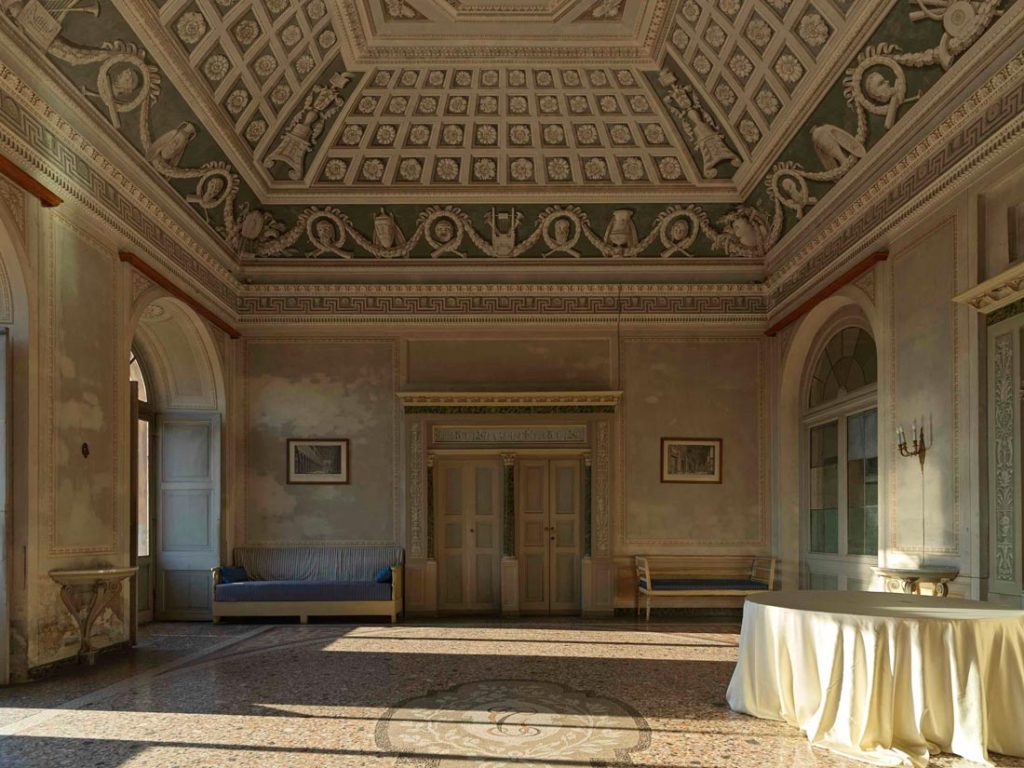
Entering the places that in the middle of the Middle Ages gave birth to manufacturing and, ultimately, to Design, was illuminating.
Our emotions were stirred by the passionate story of Count Traversi, who lives on and manages this marvelous artistic site today.
It is a shock, in a positive sense, to discover how Brianza manufacturing originated in an ancient medieval monastery.
It takes your breath away with its beauty and artistic value. Presenting original documents dating back several centuries, Count Traversi showed there is “evidence” that manufacture was a brainchild of Monastery abbesses who, over the centuries, developed the vital economic center of an organized and efficient ecosystem.
SECOND STOP: LANZANI, SEVEN GENERATIONS OF HISTORY AND TALENT
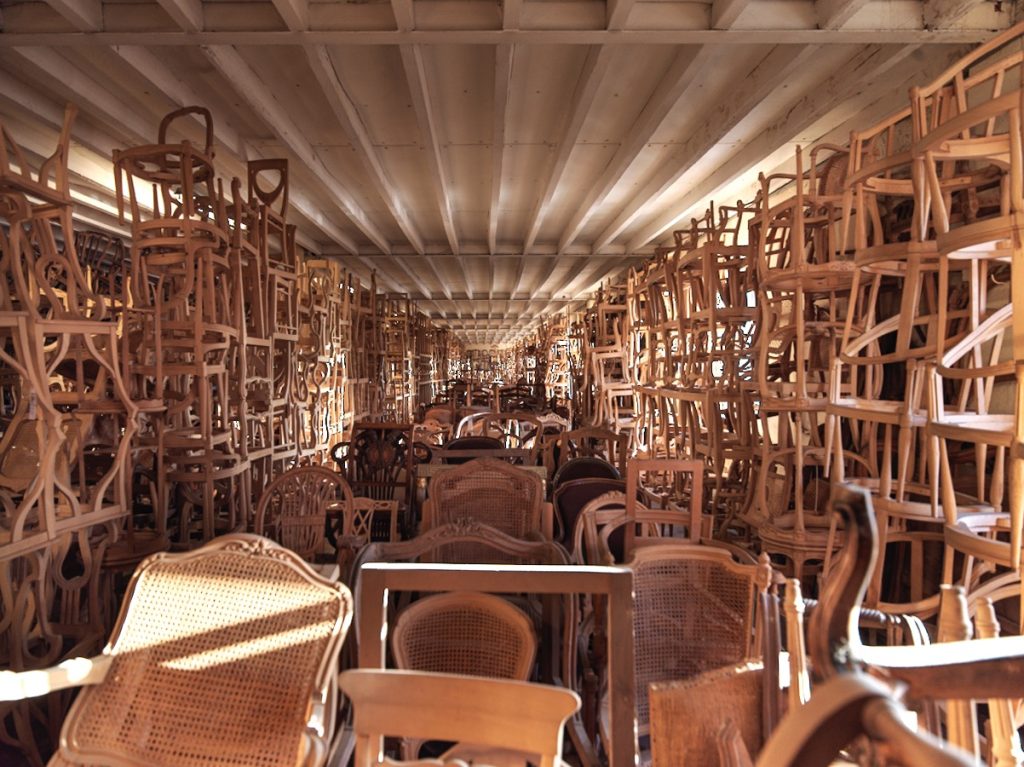
The discovery of Made in Meda then focused on the Lanzani Company, a place that characterized the economic development of Meda for no less than 7 generations and 200 years of work …
Hearing from a seventh-generation Lanzani, we all appreciated the 19th century Made in Meda artisans who worked as authentic Made in Italy forerunners, bringing their creations to half the world, from Paris to Argentina.
The fil rouge that characterized the birth and development of this company is an ideal link to the previous stop, as it was the French owners of the former Monastery who initially involved the founders of Lanzani in the work of repairing some valuable furniture from France: this inspiration led to the creation of a company that today boasts 200 years of history.
It is an ideal continuation of Made in Meda manufacture: after many centuries of development within the Monastery, it moved out into the territory, and the shops, among the first of which was that of the Lanzani brothers.
THIRD STOP: THE SCHOOL AND ITS PROTAGONISTS
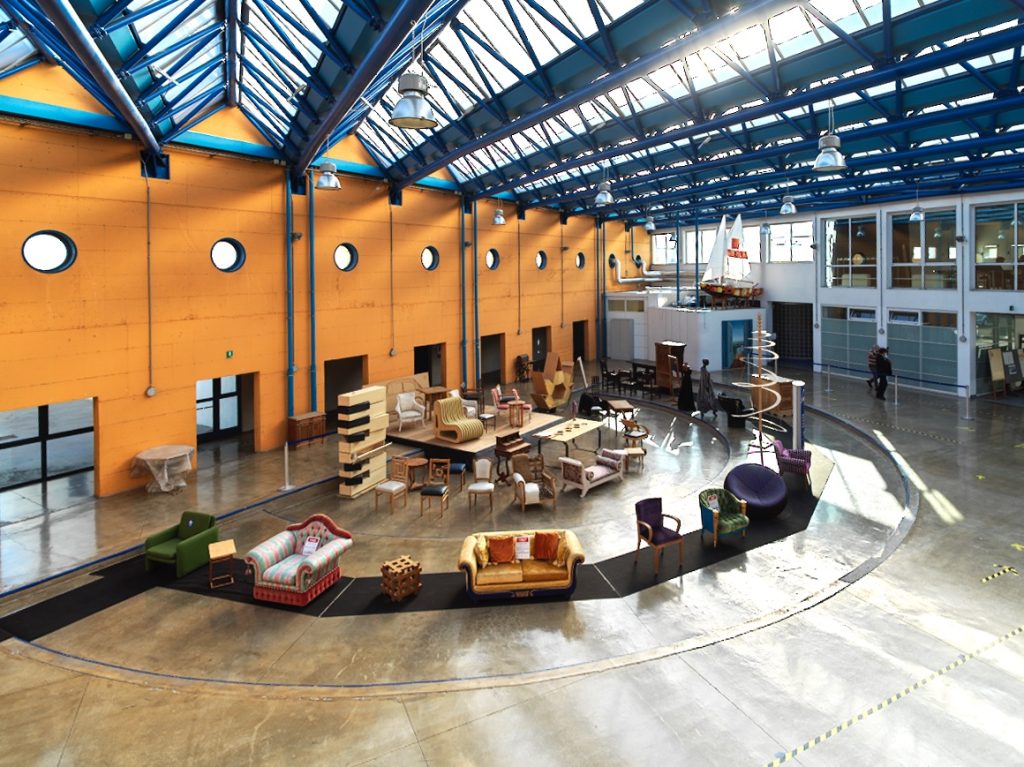
After an excursus into the amazing history of Made in Meda and Design, the CFP Terragni introduced the Press Tour participants to the young people who carry the vision for the future.
While it was not long, the meeting was highly meaningful.
Participants were able to see the restoration, cabinetmaking, and upholstery workshops, and there was time for questions in each one. The day then continued at the BertoLive area of the Berto showroom where, after a tasty lunch break, it was possible to meet other members of the Made in Meda team (they are well represented in the book).
The team members talked with Filippo Berto and the journalists present on various topics, each from their own point of view.
THE TESTIMONY OF MASTER OF ART OSVALDO MINOTTI
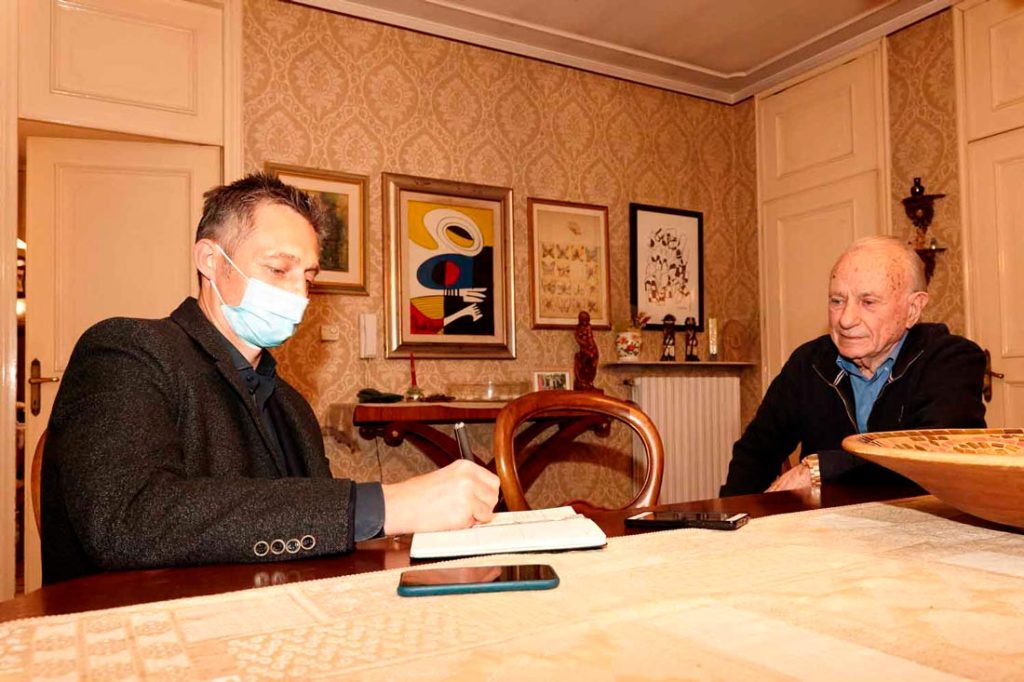
“The importance of the ecosystem: it’s not just the big names that create extraordinary things, it’s all the people behind it…“
This is how Osvaldo Minotti (94 years old) who taught for 64 years at the local Art School, introduces the theme of the territory, that of working together.
From his crystalline testimony, it is clear why some people appear to have “know-how” in their DNA, an indispensable asset for the success of manufacturing work.
“Even in art, for example in those incredible, meticulous 15th and 16th-century portraits, the artistic result is never the creation of a single great master, contrary to what is believed … It is always a group work that has been baptized with the famous name, but is a group product nonetheless,” Minotti adds.
The future, in the vision of this “young” protagonist, lies in work teams: the solutions for today’s world are no longer within the reach of the individual. Finally, Minotti thanks Filippo Berto for the courage he has had in making our city proud.
His final message is: let’s look at the foundations of phenomena, only in this way can a virtuous future be built.
MEETING WITH HISTORIAN FELICE ASNAGHI, MERITORIOUS CITIZEN OF MEDA
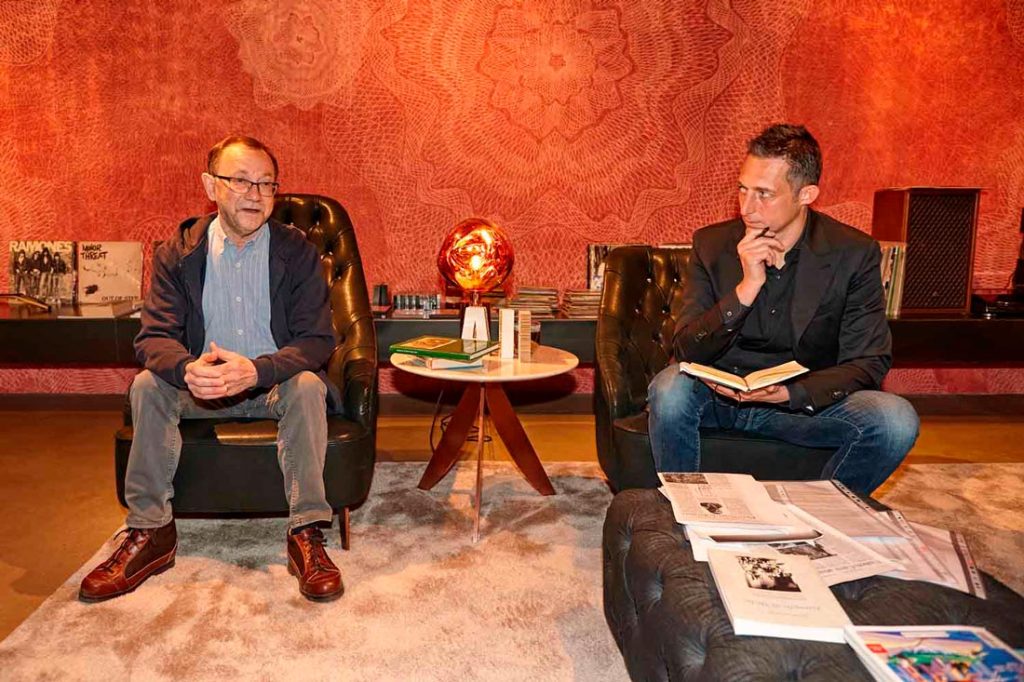
“Why am I a meritorious citizen? Because I’ve written 40 books, mostly about Meda. I know Meda house by house… I’ve been working like this for decades. When I get to know someone, I find that they already know me.“
In the words of the historian, Meda brings out the best in people through work.
Asnaghi testifies, with the authority of those who have chosen to dedicate their lives to the history of their city, that Meda has been able to generously share with many – from all the territories of Italy – its unwritten values and the concepts that are present in its air and in the hearts of its people: principles related to manufacturing skills.
In summary: “Learning a job and learning to live together“
Finally, a fact that deeply affected all those present: in 1928 there were as many as 952 artisan shops in Meda – a territory of no more than 10,000 inhabitants. All focused on the supply of furniture.
FROM THE MAYOR OF MEDA, MUCH MORE THAN A GREETING
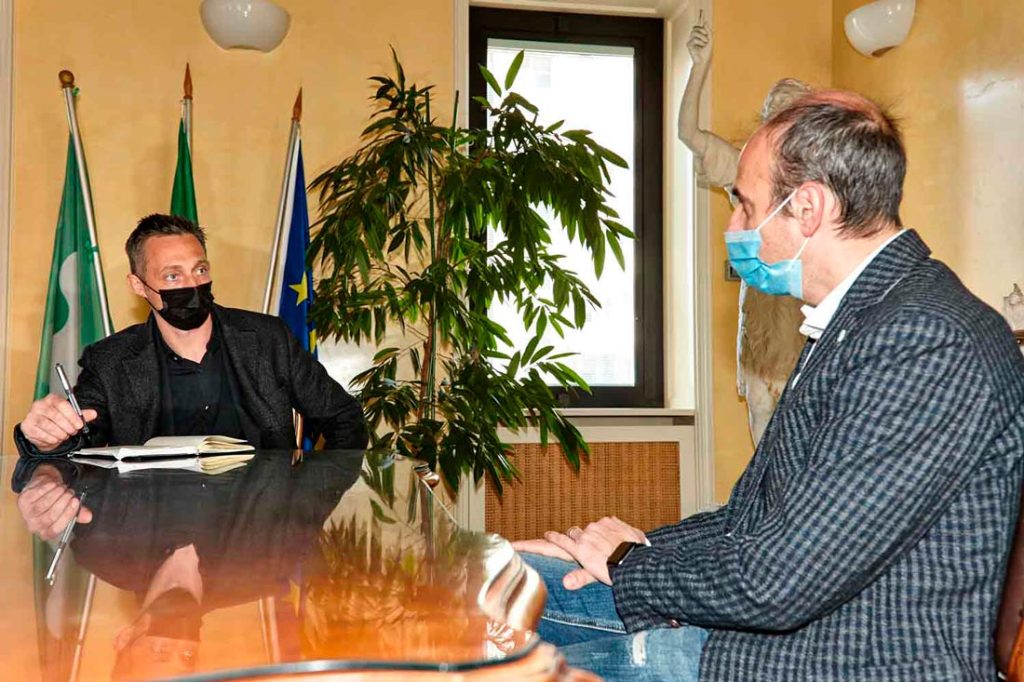
“It must be recognized that the most enterprising Medese entrepreneur is Filippo Berto. For this he has received praiseworthy citizenship.”
This was the first remark made by the mayor of Meda Luca Santambrogio to the participants of the press tour.
The mayor went on to describe the peculiarities of Meda, an extraordinary city that manufactures at double the rate of Lombardia. Santambrogio praised entrepreneurs like Filippo Berto, who, since the 90s, have invested in the city’s ecosystem, finding support and development for their companies. However, the mayor also lamented the fact that local families do not see artisanship as a feasible choice of future profession for younger generations (“the cause is us parents,” he admits).
We are working hard on this front so that in the not too distant future local companies can move past the current, paradoxical impasse of not finding young people to continue their activities.
CASTELLO LAGRAVINESE DESIGN: MADE IN MEDA IN CONTINUAL EVOLUTION
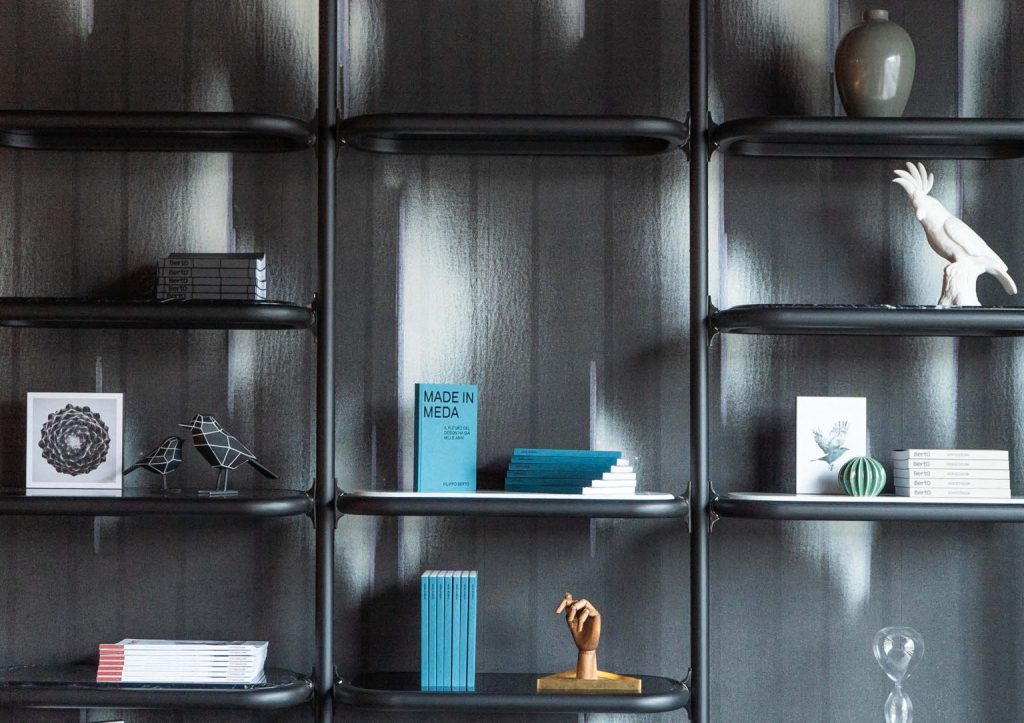
“We participated in the “impossible mission” to help people feel better, starting from a reality where some things were missing, but the vision was clear.
We believed in Meda immediately, we liked it. We have done well here because we are in direct contact with the public, which helps us to better define our product.“
The Castello Lagravinese Studio team – designer of BertO Collections – brings to our day on Made in Meda the vision of those who work at the cutting edge of the future of BertO, a future that is literally tested every Saturday in the form of new products presented to couples and families who visit the brand’s showrooms, usually more on weekends than on other days.
“We test what we design in the showroom every Saturday, and on Monday morning we are already working to improve the product… as if we had a fair every weekend!”.
The designers testify that there are not many companies of similar size to BertO with such capabilities, even – for example – in its extraordinarily extensive range of coatings, something usually only seen with gigantic multinational brands
